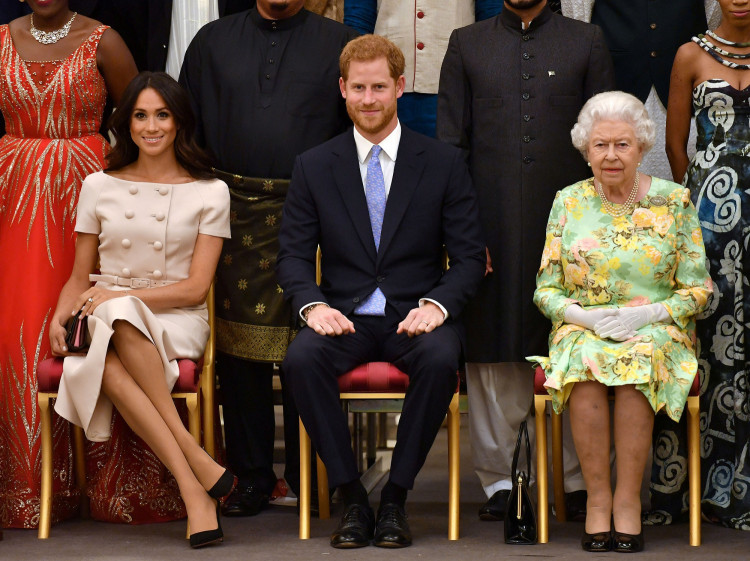The naming of Prince Harry and Meghan Markle's daughter, Lilibet, emerges as a poignant thread, interwoven with controversy and emotion. This instance, detailed in Robert Hardman's new book, "Charles III: New King, New Court. The Inside Story," sheds light on the complexities within the British Royal Family following the Sussexes' departure from royal duties. The choice of naming their daughter after Queen Elizabeth II's childhood nickname, "Lilibet," was one steeped in honor and affection. However, according to Hardman, this decision was met with disapproval from the late monarch.
The book reveals that the Queen was deeply upset upon learning that the Sussexes had announced her consent to use the name Lilibet for their daughter. This sentiment contradicts the couple's public assertion that they had received the Queen's blessing. Hardman's narrative, based on private recollections, portrays a monarch who felt her intimate childhood nickname was used without her explicit approval.
The Queen's alleged reaction reflects the nuanced and often challenging dynamics within the Royal Family. It brings into question the communication between the Sussexes and the royal household, highlighting the delicate balance between personal choices and royal protocol.
This revelation is significant, not only for its insight into the Queen's feelings but also for its implication on the Sussexes' relationship with the Royal Family. The couple's decision to name their daughter Lilibet Diana Mountbatten-Windsor symbolizes a connection to Harry's heritage, intertwining the legacy of his mother, Princess Diana, and his grandmother, Queen Elizabeth II.
Yet, the controversy surrounding the name choice underscores the ongoing challenges faced by Prince Harry and Meghan Markle as they navigate their roles outside the traditional royal framework. It also reflects the broader narrative of the Sussexes' journey - one marked by a desire for independence and self-determination, often in contrast with the expectations and traditions of the monarchy.
As the royal family continues to evolve,and adapt in the post-Elizabethan era, the story of Lilibet's naming serves as a reminder of the intricate interplay between personal desires and public duties that define the lives of those in the spotlight. The incident is a microcosm of the larger narrative surrounding Harry and Meghan's departure from the UK and their efforts to forge a new identity outside the constraints of royalty.
The book's account also sheds light on the Queen's sense of duty and her awareness of the implications of her family's actions. Her reported reaction to the use of her childhood nickname for her great-granddaughter highlights her deep understanding of the weight of tradition and the importance of maintaining the dignity of the monarchy.
The Sussexes' decision to issue legal warnings against those suggesting they hadn't received the Queen's blessing to use the name Lilibet illustrates the complex nature of their relationship with the media and the public. It also points to the delicate balance they must strike in asserting their independence while maintaining ties to Harry's royal heritage.
The narrative of Lilibet's naming, as described in Hardman's book, adds a new dimension to the ongoing discussion about the modern monarchy and its relationship with the public. It underscores the challenges that come with being a member of the royal family in an era where personal choices are closely scrutinized and often become the subject of public debate.
As the Royal Family continues to navigate these complexities, the story of Lilibet's name will likely remain a significant chapter in the ongoing saga of Prince Harry and Meghan Markle's life after stepping back from royal duties. It is a tale that encapsulates the tension between tradition and modernity, privacy and publicity, and the enduring influence of the monarchy in contemporary society.






